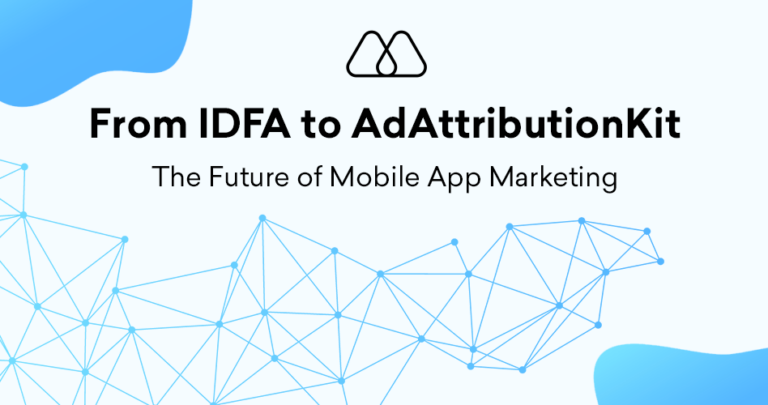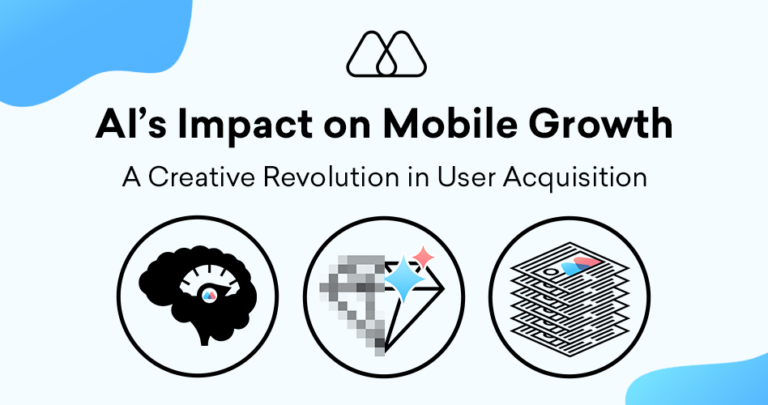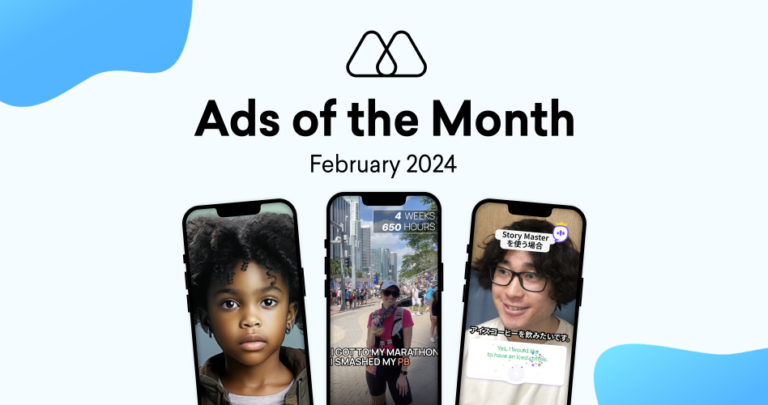In the fast-paced realm of mobile app performance marketing, A/B testing stands as a cornerstone methodology for optimizing user engagement and maximizing advertising returns. This strategic process involves presenting two variants of an app’s feature, advertisement, or entire user experience to different segments of the audience to determine which one performs better in terms of specific key performance indicators (KPIs).
What is A/B Testing?
A/B testing, also known as split testing, is a methodological approach used to compare two versions of a digital asset by exposing them to a similar audience simultaneously. The objective is to identify which version leads to a better outcome based on measurable data. In the context of mobile apps, this could be anything from click-through rates on an ad campaign to conversion rates on a new user sign-up page. Essentially, A/B testing allows marketers to make data-driven decisions that enhance the app’s effectiveness and user satisfaction.
The Importance of A/B Testing in Mobile App Marketing
Mobile app markets are increasingly competitive, with millions of options available to consumers. In this environment, even minor tweaks in app design, functionality, or advertising can lead to significant improvements in user retention and revenue. A/B testing empowers marketers to understand precisely what resonates with their audience, thereby enabling:
- Improved User Engagement: Testing different versions of app features or content can reveal what users prefer and engage with more deeply.
- Enhanced Conversion Rates: By optimizing app elements that contribute to user conversion, companies can increase the likelihood of turning app users into paying customers.
- Increased ROI on Advertising Spend: A/B testing helps refine ad campaigns, targeting strategies, and messaging, ensuring that budget spend contributes to higher returns.
- Data-Driven Decisions: This methodology supports a culture of evidence-based decision-making, reducing the risk associated with new initiatives.
- Faster Iteration: Quick feedback loops from A/B tests allow teams to innovate faster, swiftly adapting to market demands and user preferences.
How to Implement Effective A/B Testing
To conduct effective A/B testing in mobile app marketing, follow these strategic steps:
1. Identify Key Objectives
Begin with clear, measurable objectives. Whether aiming to improve user retention, increase downloads, or optimize in-app purchases, defining these goals upfront helps focus the testing process and clarify what success looks like.
2. Select the Testing Variables
Choose elements that are likely to have a significant impact on user behavior. These could range from different layouts, features, or content within the app, to varied ad visuals and copy outside the app.
3. Create a Hypothesis
Formulate a hypothesis based on previous data or marketing insights. This hypothesis will guide the test and provide a basis for analyzing the results. For instance, “Version A of the signup page, with fewer input fields, will lead to a higher conversion rate than Version B.”
4. Segment Your Audience
Ensure that the audience for each version is similar in demographics and behavior to achieve reliable results. Tools like Google Analytics can be instrumental in segmenting audiences accurately.
5. Run the Test
Implement the test versions simultaneously to mitigate the influence of external factors. The test duration should allow sufficient data collection to make statistically significant conclusions.
6. Analyze the Data
Use analytics tools to determine which version performed better against the predefined objectives. Insightful data analysis helps understand why one variant outperformed the other.
7. Implement and Iterate
Adopt the more successful version and consider further tests to refine or improve other app aspects. The iterative nature of A/B testing promotes continual improvement and adaptation.
Key Takeaway
- Data-Driven Strategy: A/B testing is a powerful tool for making informed decisions that enhance mobile app performance and user satisfaction.
- Enhanced User Experience: Through systematic testing, companies can discover and implement the features, designs, and content that best resonate with their audience.
- Optimized Advertising Spend: This methodology enables precise refinements in advertising strategies, improving the efficiency of spending and maximizing ROI.
- Evidence-Based Decisions: A/B testing reduces the risks associated with new initiatives by grounding decisions in data and observable user behavior.
- Agility and Adaptation: The iterative process of A/B testing allows companies to stay competitive by rapidly adapting to user feedback and market changes.
A/B testing is not just a tactic but a fundamental aspect of a robust marketing strategy in the digital age, especially for mobile apps. By embracing this approach, marketers can ensure their strategies are not based on assumptions but on solid evidence of what engages and converts their target audience.




